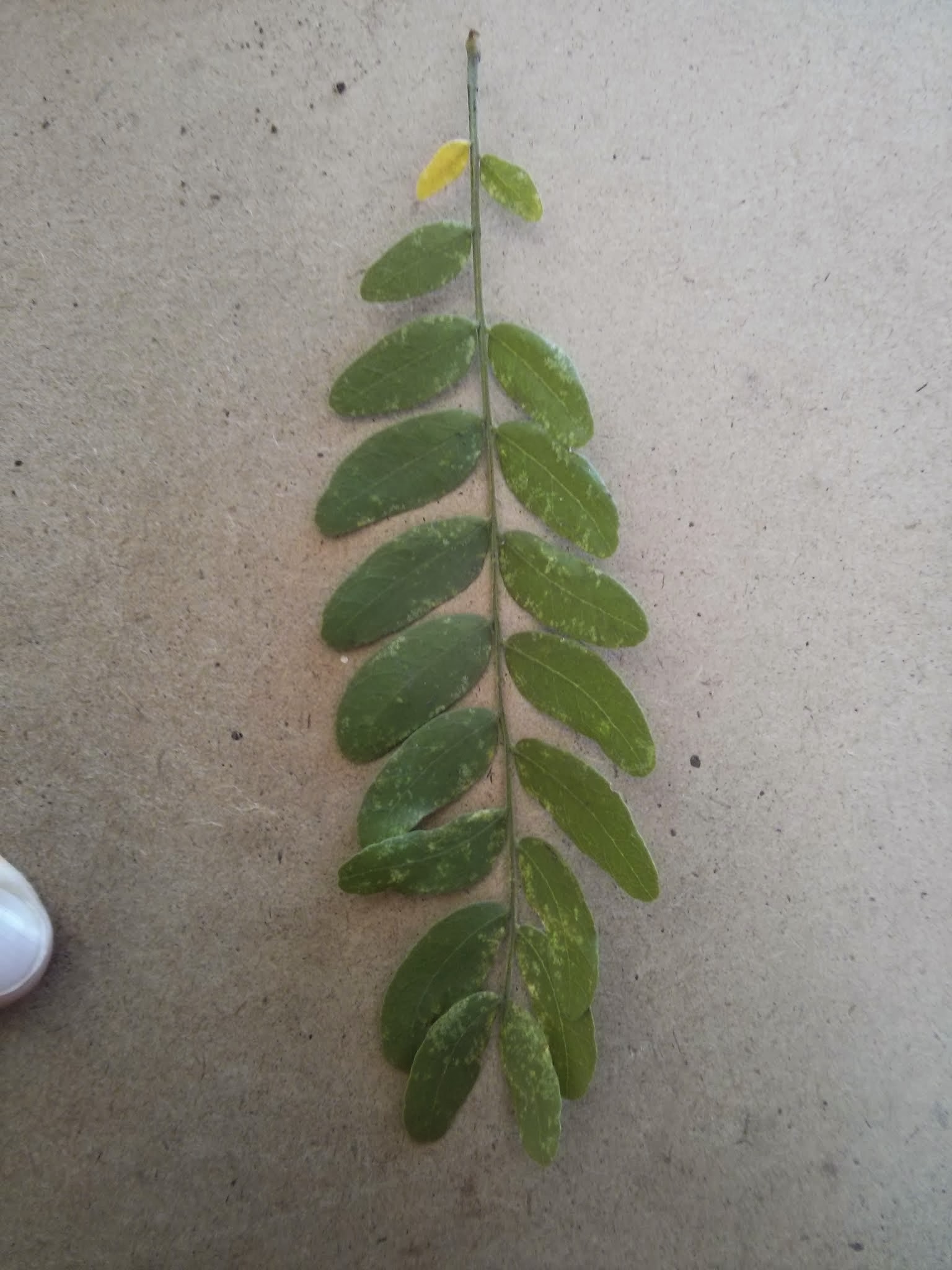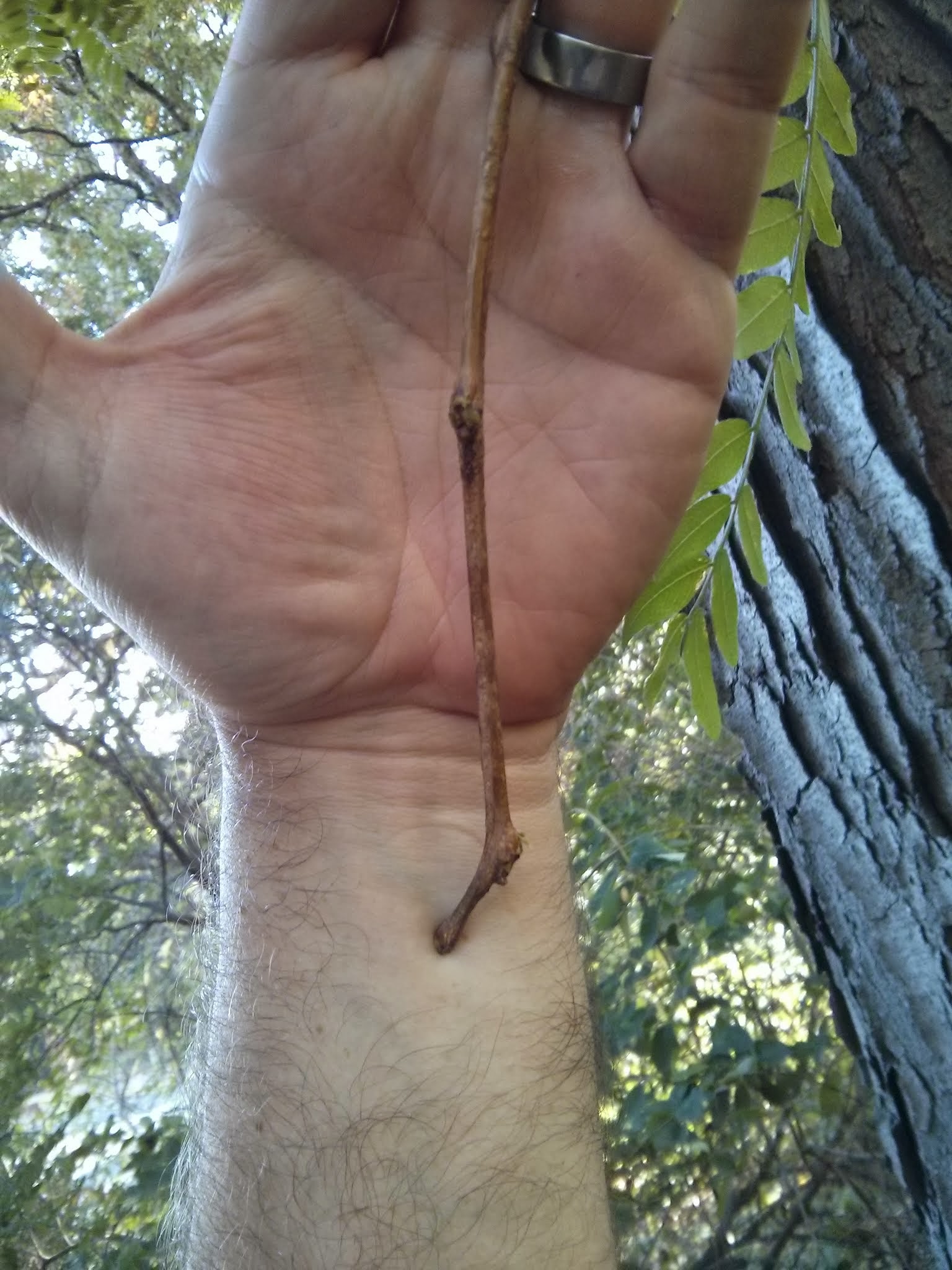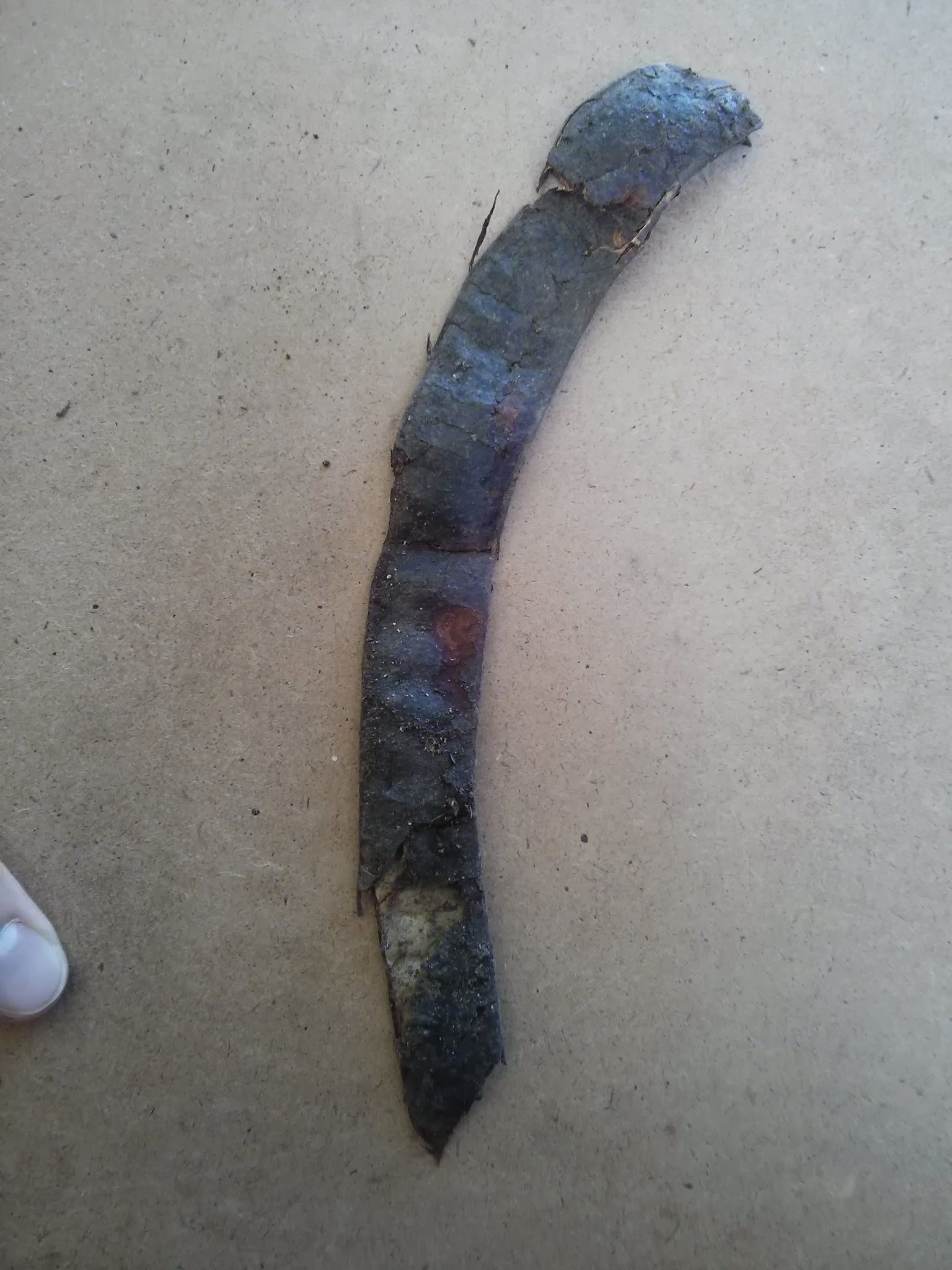Common Name: honey locust
Scientific Name:
Family: Fabaceae
Genus: Gleditsia
Species: G. triacanthos
Hardiness Zone: 3 to 8
Height: 60 to 80 ft
Width: 60 to 80 ft
Common Characteristics:
Honey locust was one of the most popular trees used after the decline of the American elm. The bark is red-brown when young and becomes gray-brown as the tree matures. Older bark is broken up into long strips that have raised sides. The branches have long, sharp thorns. For this reason, the thornless variety G. triacanthos f. inermis is recommended and used in urban plantings. The leaves are in an alternate arrangement and are pinnately or bipinnately compound. The leaflets are small, ovate in shape, and are green in the summer turning yellow in the fall. Honey locust flowers late in the spring. These flowers are not showy, green in color, and form clusters. The flowers are followed by long, sometimes twisted legume seed pods. These seedpods are reddish-brown in color.
Where it Grows:
Honey locust prefers full sun areas with moist, well-drained loamy soils. It can tolerate alkaline and clay soils, dry sites, road salt, wet sites, and occasional flooding.
How it's used:
Honey locust is not recommended for use. The variety that is thornless is used commonly as a street tree. Timber from honey locust is very dense and shock resistant so it is used for fence postings, railroad ties, shipping pallets, tool handles, and fuel.
Ecosystem Services:
The seedpods are used as a food source by white-tailed deer, squirrels, and other small mammals. The flowers attract insect pollinators.
Where it is Native to:
It is native to central and eastern North America.
Problems:
The thorns can be harmful and potentially dangerous. A variety of diseases and pests can affect honey locusts such as honeylocust plant bug, spider mites, leaf spots, and canker. It is tolerant of black walnut toxicity.
References:


